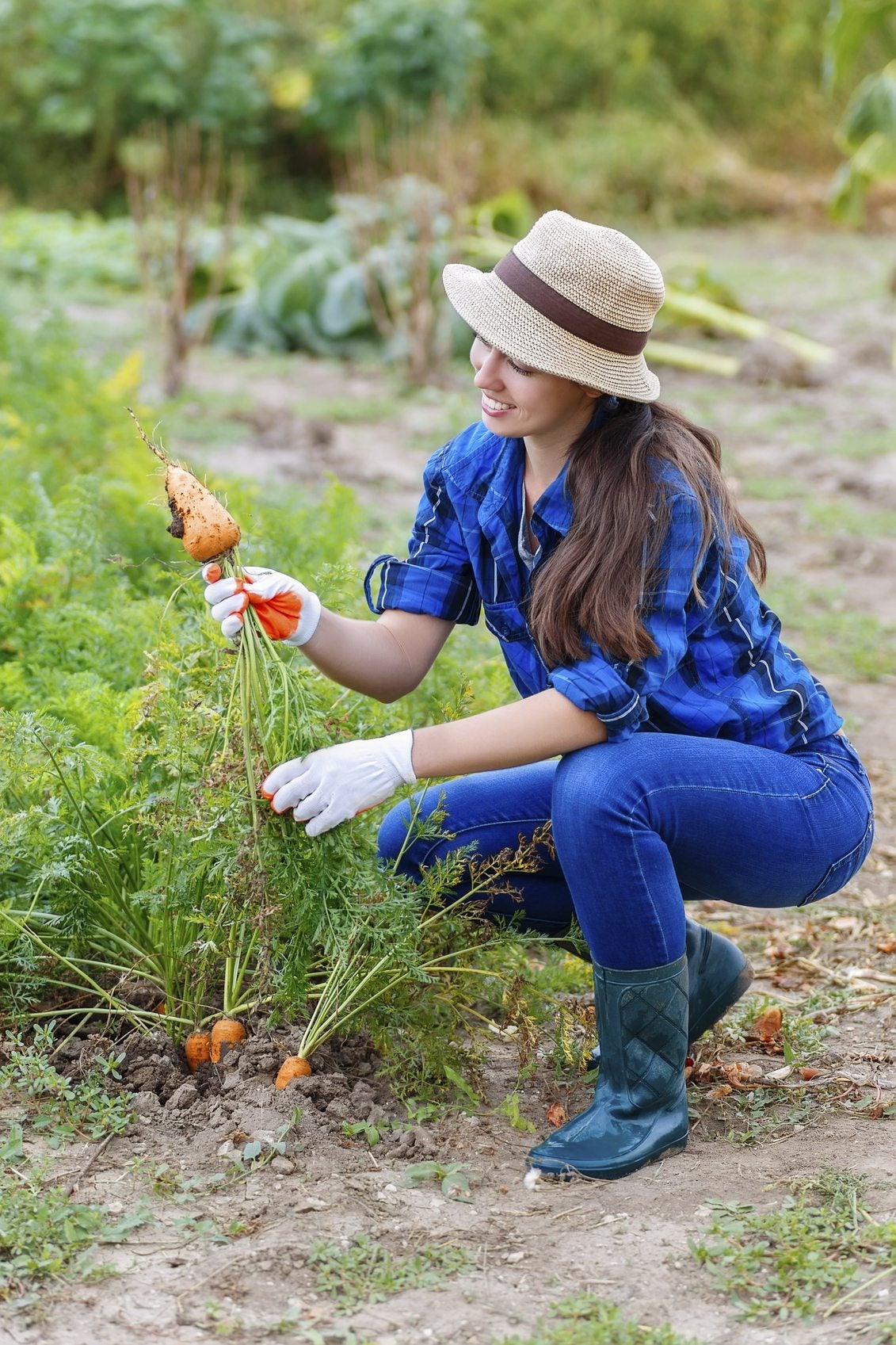Vegetables For Zone 3: What Are Vegetables That Grow In Cold Climates

USDA zone 3 has the shortest growing season in the United States. Agriculturally, zone 3 is defined as having winter temperatures as low as -30 degrees F. (-34 C.) with a final frost date of May 15th and the first frost around September 15th. With such a small growing window, is it even worth trying vegetable gardening in zone 3? Yes! There are many vegetables that grow well in cold climates and with a little assistance, zone 3 vegetable gardening is well worth the effort.
Vegetable Gardening in Zone 3
Both fresh organic produce and herbs can be grown in zone 3 from May through to the middle of October, provided the gardener has selected cool weather varieties and gives the crops protection from frost. Crops growing well in warmer zones 5 through 8 may not succeed in zone 3, as the ground just doesn’t heat up enough to garner sweet melons, corn, or peppers. Growing them in containers, however, may provide possibilities. So, when growing vegetables for zone 3, a little advanced planning is in order. Plan to plant suitable crops for your area, ones that set fruit and mature early. Use row covers or greenhouse plastic to protect the plants from night frosts. Grow tender plants inside a greenhouse or place large, black painted rocks in the garden near them. These will heat up during the day and then provide much needed warmth at night when temperatures dip.
Vegetables for Zone 3 Gardens
If you’re dying for a fresh salad in zone 3, many leafy greens thrive in this climate and successive sowings can be made from June 1st to the first frost. Butterhead, loose-leaf, and early romaine are the best lettuce choices for zone 3 vegetable gardening. Spinach, chard, and orach also do well in zone 3. Radicchio, collards, kale, and escarole are all good choices for vegetables that grow well in cold climates. Garden cress produces usable leaves in just 12 days. Chinese greens are excellent choices for zone 3 gardening. They thrive in the cool spring temps and are fairly resistant to bolting as the temperatures warm. Try bok choy, suey choy, beauty heart radishes, and shungiku or edible chrysanthemum. Plant them in mid-May and cover with a cloche to keep the hungry insects from decimating them. Parsley, cilantro, and basil planted from seed produce quick, fresh herbs to liven up meals. Radishes can be set out as soon as the snow melts and can then be replanted every 15 days. While winter squash really needs a longer growing season and some heat, summer squash can be sown successfully in zone 3. The squash may need protection from late frost, however. Cover the ground with black mulch to help retain heat. Start zucchini and other summer squash inside around May 1st and then transplant after the soil has warmed in June. Continue to provide frost protection and use rocks or water jugs that have been painted black to absorb heat during the day and provide it at night. Both slicing and pickling cucumbers will grow in zone 3, but they do need frost protection. Due to the lower temps and a lack of bees, pollination may be a problem, so plant short season parthenocarpic varieties, those that require no pollination or quick maturing varieties that are genoecious, having mostly female flowers. You can plant celery in zone 3, which matures in 45 to 55 days. Harvest the individual stems leaving the center to continue to grow. Plant peas in the ground in mid to late April as soon as the snow has melted and then harvest them in early July. Keep the peas mulched and weeded. Garlic, although it needs a long growing season, is winter hardy. Plant garlic in October before the first snows. It will grow a healthy root system throughout the winter and then will green up in the spring. Keep it weeded and mulched during the summer and it will be ready to harvest around the first of August. Potatoes are iffy. If you have a frost-free summer, they will grow, but a frost can kill them. Plant them at the end of April and hill them up with soil as they grow. Keep them mulched during the growing season. Root veggies such as beets, kohlrabi, and turnips do very well in zone 3. These crops as well as carrots and rutabaga love the cooler temps. Parsnips, on the other hand, are slow to germinate and take 100 to 120 days to mature. Leeks can be grown from seed in zone 3 and can be harvested in a short period of time. True, they won’t be giant leeks, but will still have the delicious flavor. Onions should be started from transplants by May 1st. Many other crops can be planted in zone 3 if they are started indoors weeks before transplanting outside. Cabbage, Brussels sprouts, and broccoli should be started six weeks prior to transplanting. Rhubarb and asparagus are reliable crops in zone 3 and have the added advantage of returning year after year. Horseradish is also hardy in colder climates. Plant the roots in the fall or spring. As you can see, there are many crops that can be grown successfully in zone 3 gardens. Some of them take a little more TLC than others, but the benefits of having fresh, organic produce makes it all worthwhile.
Gardening tips, videos, info and more delivered right to your inbox!
Sign up for the Gardening Know How newsletter today and receive a free copy of our e-book "How to Grow Delicious Tomatoes".

Amy Grant has been gardening for 30 years and writing for 15. A professional chef and caterer, Amy's area of expertise is culinary gardening.